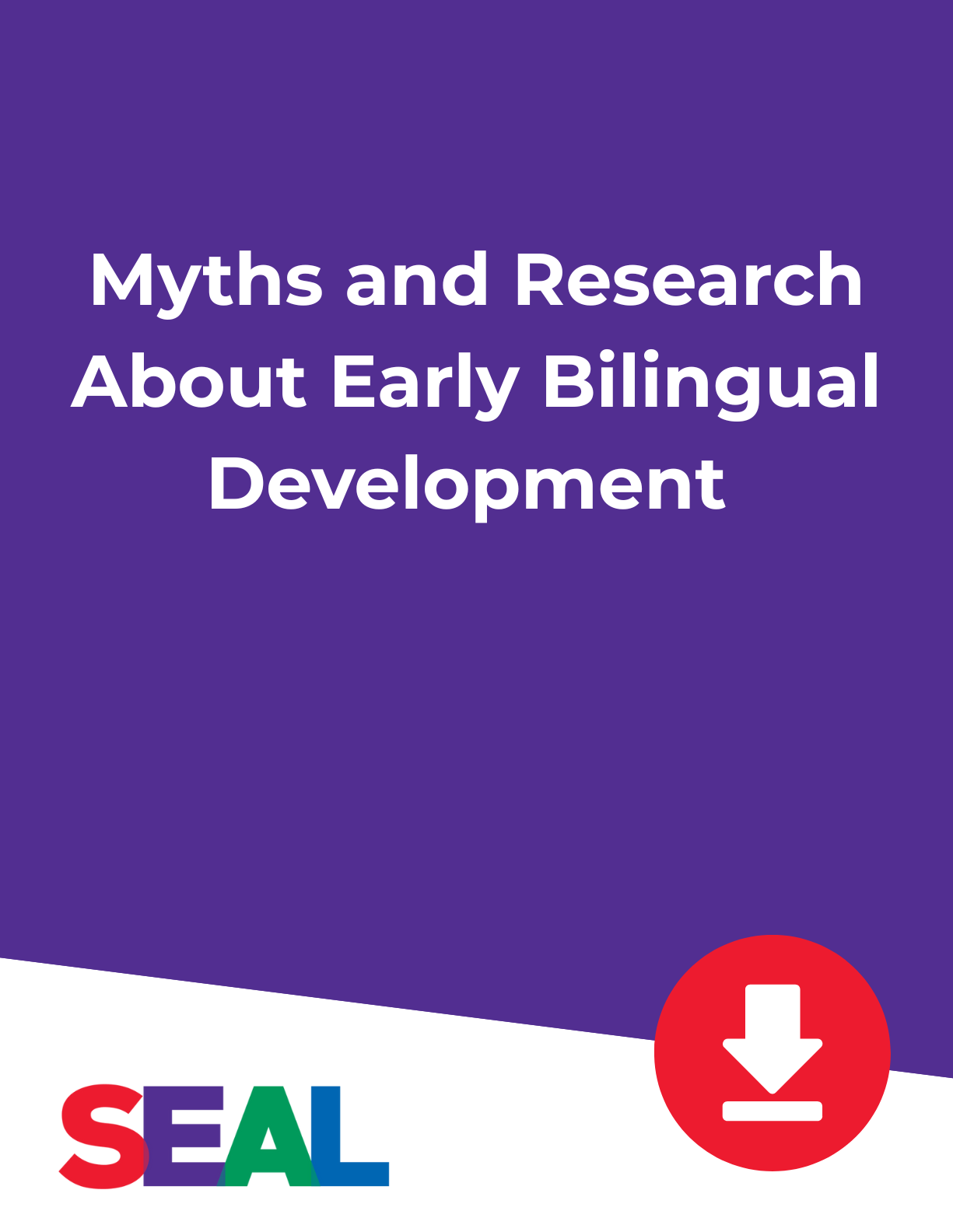Early Literacy Development and Instruction for Dual Language Learners in Early Childhood Education

The purpose of this paper is to inform early childhood practitioners, educational leaders, curriculum developers, and policymakers about literacy development and effective literacy instruction for young, developing bilingual children who are learning English as a new language1 in early childhood classrooms. These emergent bilingual children are often referred to as dual language learners (DLLs), the term used in this paper.2 According to the Migration Policy Institute (2021), these approximately 7.4 million emerging bilingual children make up roughly 33% of all children under age six in the United States. Over 80% of dual language learners are children of color, and about 60% come from a home where Spanish is spoken. Given the critical mass of this growing population and the significant role that early childhood education (ECE) plays in the children’s future academic success, stakeholders at every level will benefit from understanding the research base about DLL’s linguistic and cultural assets and their unique linguistic and sociocultural needs. Pivotal to educators’ effectiveness with young dual language learners is the accompanying professional learning in evidence-based instructional practices that best match those needs.
Download the Resource

Our Resources
Looking for more ways to engage your students and create a joyful learning environment? We’ve curated the best resources—from SEAL-approved tools for Dual Language and Multilingual Learners to videos that bring you directly into our classrooms —to give your students the opportunity to learn, thrive, and lead.
%20copy.png)
Key Lessons from Over a Decade of Impact
When schools center language, culture, and community, English Learners don’t just succeed—they thrive. We’ve identified eight key lessons about what it truly takes to create schools where multilingual learners flourish. Download to read more about these key lessons.

Myths and Research About Early Bilingual Development
This resource lists six common myths about early bilingual development and provides research that debunks them. It serves as a valuable tool for educators engaging families in discussions about the benefits of home language development.

SEAL's 11 High-Leverage Pedagogical Practices
Our 11 High-Leverage Pedagogical Practices equip educators to create rigorous, joyful, and language-rich classrooms where every student succeeds. By integrating students’ linguistic and cultural assets, SEAL fosters a learning environment that values home languages and empowers diverse learners to reach their full potential.

%201.svg)